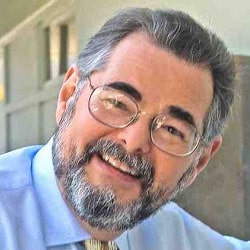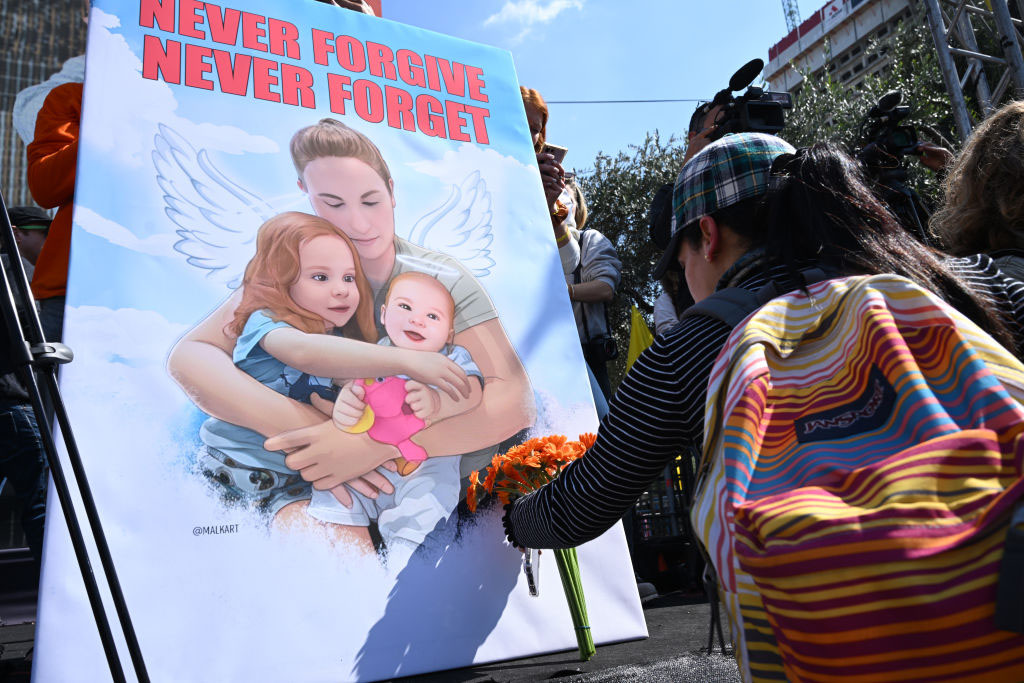
If “The Joys of Yiddish” were not already the title of a beloved book by Leo Rosten, the phrase would be ideal to describe what is celebrated in the pages of a newly published anthology of Yiddish writing in English translation, “How Yiddish Changed America and How America Changed Yiddish,” edited by Ilan Stavans and Josh Lambert (Restless Books).
Rosten is one of the contributors whose work was selected for inclusion in “How Yiddish Changed America,” and Stavans and Lambert praise him as “a humorist who became famous for his efforts to codify ‘Yinglish’ — the blend of Yiddish and English that became common in midcentury America.” But they also point out that Rosten’s book was condemned by Irving Howe as “a catalog of kitsch,” and one periodical nominated Rosten for “a ‘shanda’ award.”
Stavans and Lambert, both accomplished scholars, aspire to something far more substantial than the Yiddishisms and Jewish jokes that have come to be associated with Yiddishkayt in American pop culture. Lambert is the academic director of the Yiddish Book Center and teaches American literature at the University of Massachusetts, and Ilan Stavans is the Lewis-Sebring Professor of Humanities, Latin American and Latino Culture at Amherst College.
“The aim of this book is to present a very different picture of Yiddish, true to its history, as a language and culture that is — like the Americans who spoke, read and created in it — radical, dangerous and sexy, if also sweet, generous, and full of life,” they explain in a preface to their collection.“[I]t irritates Yiddishists that the language is fetishized, especially by people who don’t speak it.”
It’s notable that Lambert works at the Yiddish Book Center, whose mission is to recover and preserve “Yiddish and modern Jewish literature and culture,” and much of what we find in “How Yiddish Changed America” is drawn from its archives. One of the stated goals of the two editors is “to reflect how, around the turn of the twentieth century, Yiddish culture in New York emanated from a community whose first concern was survival, and who had to decide what that struggle for survival implied about politics, ethics and culture.”
The collection is divided into six thematic sections, and each entry is accompanied with a “brief contextual headnote,” but Stavans and Lambert declare that their “animating hope” is that readers will “make connections between its heterogeneous content, browsing and skipping and finding surprises everywhere.” My favorite section, by the way, is “Eat, Enjoy, and Forget,” which includes such gems as “Kosher Chinese?” by Matthew Goodman, a colloquium on “Craving for Rugelach,” and a lexicon by Asya Vaisman Schulman titled “On Bagels, Gefilte Fish, and Cholent.”
“How Yiddish Changed America” offers an astonishingly rich and diverse selection of poems, stories, memoirs, essays, plays, letters, conversations, recipes and reminiscences, as well as drawings, cartoons and posters by Yiddish artists, each one refracting a different point of view and a different point of light.
The collection begins with “A Ghetto Wedding,” a short story by Abraham Cahan, the editor of the Forward, and ends with “Camacho’s Wedding Feast,” a vignette by Alberto Gerchunoff, who is described as “the grandfather of Jewish Latin American literature.” In between these two bookends, the reader is offered an astonishingly rich and diverse selection of poems, stories, memoirs, essays, plays, letters, conversations, recipes and reminiscences, as well as drawings, cartoons and posters by Yiddish artists, each one refracting a different point of view and a different point of light.
The contributors include many familiar names, including Howe (“The First Shock,” an excerpt from “World of Our Fathers”), Cynthia Ozick (an essay titled “On Sholem Aleichem’s Revolution”), Allen Ginsberg (a poem titled “To Aunt Rose”), Emma Goldman (a speech titled “Against Marriage as a Private Possession”), Sholem Asch (a scene from a play titled “God of Vengeance”), Michael Chabon (an excerpt from “The Yiddish Policeman’s Union”) and, of course, Isaac Bashevis Singer (the famous short story titled “The Cafeteria” and an essay on “How Does It Feel to Be a Jewish Writer.”) Singer looms so large that he is given a kind of group eulogy in an “appreciation” under the title “Literature, It’s Like Orgasm!” Among those who contribute their memories of the great man are our own Kenneth Turan, film critic at the Los Angeles Times, UCLA Yiddish professor Janet Hadda (of blessed memory) and Aaron Lansky (the founder of the Yiddish Book Center).
Some contributors may be new to the reader, but they bring a fresh perspective to Yiddishkayt. Naomi Seidman, the Chancellor Jackman Professor in the Arts at the University of Toronto, for example, asks a provocative question in the title of her essay, “Is Hebrew Male and Yiddish Female?” She is grappling with the fact that Yiddish was regarded in some Jewish circles as a secondary language that was suitable for “women and simple people” who could not read Hebrew, but she rejects the “sexualized perceptions about Hebrew and Yiddish” and decries the “myth of Yiddish ‘femininity.’ ”
Jeffrey Shandler, chair and distinguished professor of Jewish studies at Rutgers University, offers an illuminating essay on the modern use of Yiddish by Chasidic Jews in “Shopping for Yiddish in Boro Park.” He points out that Yiddish books and recordings are readily available, but the purveyors and purchasers of these items use Yiddish as a lingua franca only because Hebrew is the loshn-koydesh, the holy language. “Indeed, the Hasidim who speak Yiddish do not celebrate the language as the fountainhead of a wide-ranging, thousand-year-old Ashkenazic heritage that embraces labor movements and avant-garde poetry as well as Hasidism,” Shandler writes, “and they are suspicious of efforts to cultivate Yiddish for its own sake.”
Often, we are shown the arc that flashes across history as when Daniel Kahn, a musician and actor, adapted a Yiddish song by Mordechai Gebirtig, a victim of the Holocaust, into “March of the Jobless Corps,” a protest song inspired by the Occupy Wall Street movement:
So we’ll sing a marching song
For a land, a world of justice
Where no cop or boss can bust us
There’ll be work for every hand
In a new & better land
In a new & better land
Stavans and Lambert are compelled to confront the fact that the native speakers of Yiddish were very nearly exterminated during the Holocaust. As Singer famously observed when he accepted the Nobel Prize for Literature in 1978, “I am sure that millions of Yiddish-speaking corpses will rise from their graves one day and their first question will be: ‘Is there any new Yiddish book to read?’ ”
But, like Singer, they insist on reasons to be optimistic. The best example is their observation in passing that Singer “is still the only Yiddish writer to win the Nobel Prize.” The word “still” captures the irony, melancholy, wit and courage that are all qualities of Yiddishkayt. Against all odds and in defiance of history, Stavans and Lambert are suggesting that, before the Messiah comes, it might happen again.
Jonathan Kirsch, author and publishing attorney, is the book editor of the Jewish Journal.”






















 More news and opinions than at a Shabbat dinner, right in your inbox.
More news and opinions than at a Shabbat dinner, right in your inbox.